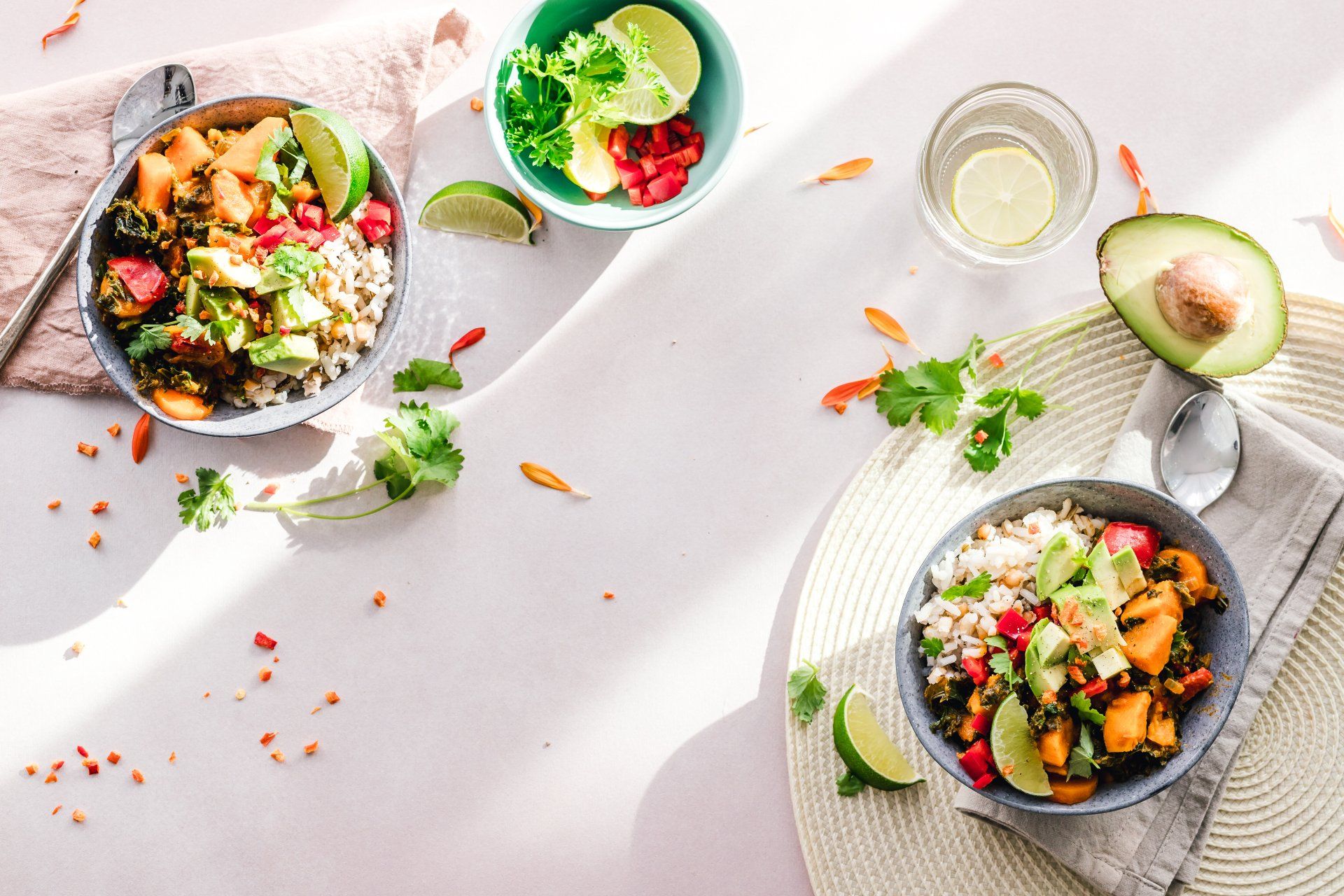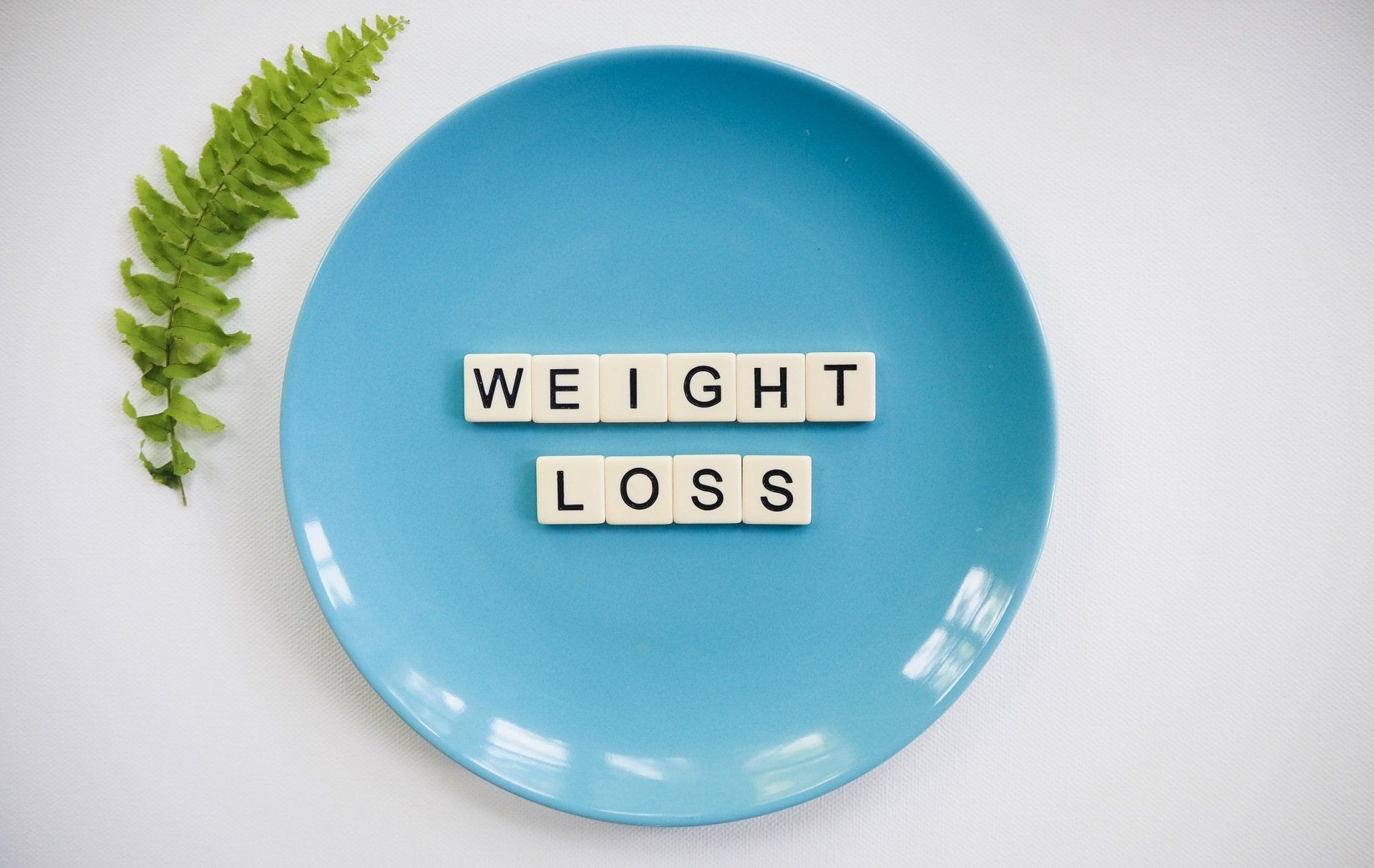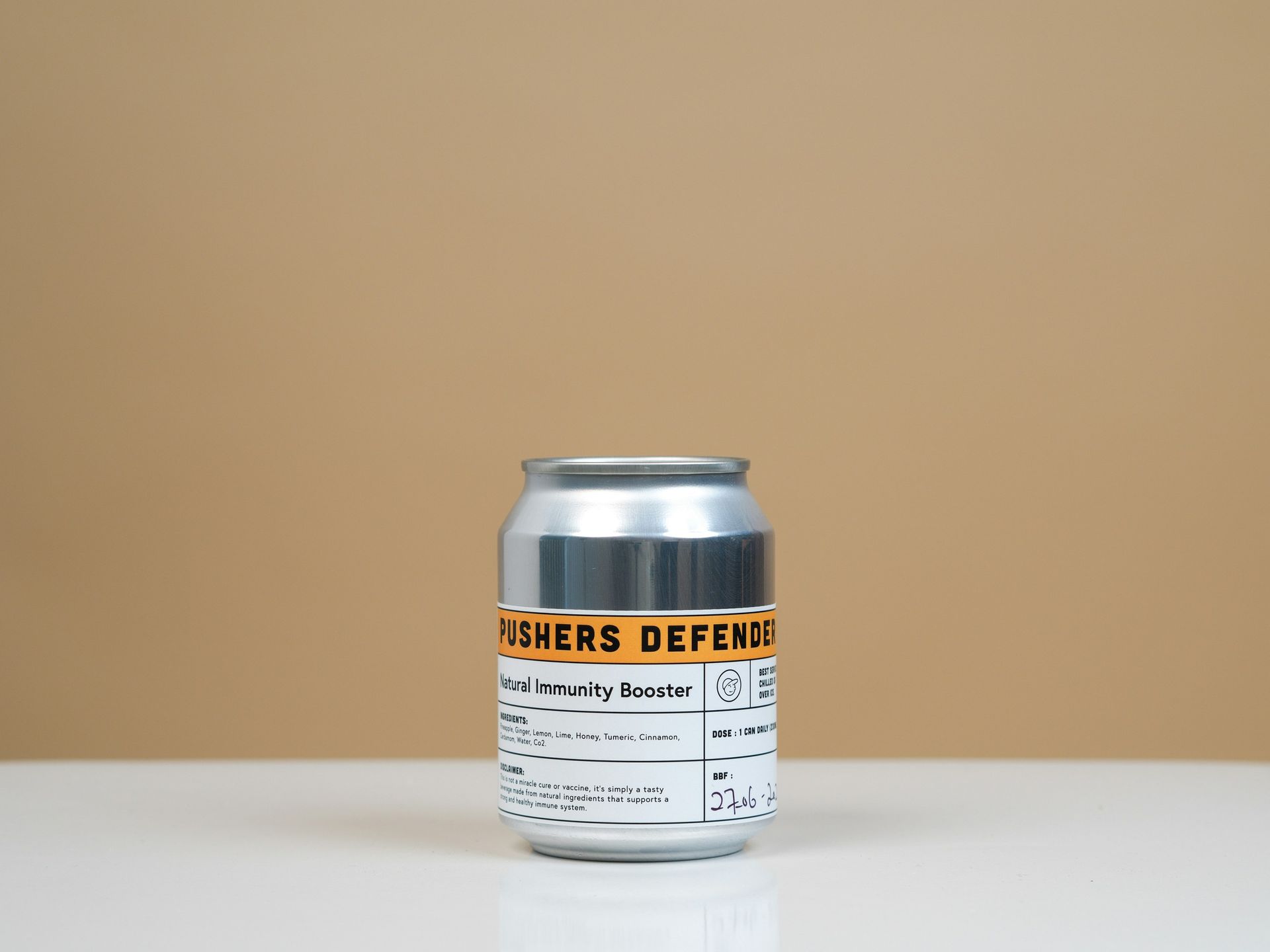KETO PLANNING AND STOCKPILING DURING COVID-19
Nothing is more challenging than stockpiling keto supplies during a major environmental crisis like the Coronavirus.
I apologize for not posting any keto-related topics lately; the coronavirus headlines are keeping me glued to the news channels. Its official name is Coronavirus Disease 2019, or you can call it by its nickname, Covid-19.
WHAT IS COVID-19?
Coronavirus 2019 is our unwelcome unseen visitor. Already striking fear in other parts of the world, it is really only a matter of time before we see it on our doorsteps. Luckily, you still have time to prepare, keep calm, and still remain in ketosis.
Recognized only in December 2019, the COVID-19 virus is not only related to the previous SARS virus from 2002-2003, but it also bears some similarity to the MERS disease ( Middle East respiratory syndrome) of 2012 fame.
Most patients affected with COVID-19 are adults. For some reason, children younger than age 15 seem less likely to be infected. Fatalities are seen in both immune suppressed and normal patients. The older you are, or the more coexisting medical conditions you already have, the more likely you will be sicker.
Luckily, even though COVID-19 appears to be more contagious, the death rate among those with symptoms is only 2%. No cure right now. But scientists are hoping that once we have more recovered patients, we can use their antibodies to make medications to fight this disease.
Like most of my neighbors, I was kind of in denial. The virus seemed so far away. But, reality finally hits me.
EMPTY SHELVES
I went out on my usual errand-shopping the other day and found that my favorite store was out of coconut milk. Not only that, I noticed the entire shelves of “nothing”. What is missing? Why it looks like people are buying up bleach, but thankfully, so far, most of the shelves in my neighborhood store are still fully stocked. I assume bleach is to clean off suspected surfaces contaminated with COVID-19, and not to use it as a drink!
Like many families, my family is not particularly a solid follower of any one diet. We have a couple of vegetarian members, one was vegan for a while, another member needs to avoid gluten, two are carnivores, one is intermittently keto, while another is keto, one has fish allergies, one of us has nut allergies, and three are carb lovers. Did I miss anyone? When I go shopping it is not unusual for me to buy some obviously keto-friendly items, only to add some groceries that cater to the dietary requirements of the rest of my family. Keto becomes a challenge and needs more will power than usual when you have non-keto family members. But for the rest of us, the KETO followers, I have compiled a quick list that you might find helpful.
NON-PERISHABLE AND KETO FRIENDLY FOOD – THE BASICS
What about the food? We need to get out there and buy at least some basic supplies. What can you buy that is both non-perishable and keto-friendly?
KETO FOOD SURVIVAL SHOPPING LIST
OILS and FATS
Keto is mostly fat, remember?
Coconut oil
These come in bottles or sometimes are canned. Coconut oil has a very long shelf life.
Coconut oil is also solid at room temperature and doesn’t need refrigeration for up to two years. You can use this for deep frying, sauteing, and salads.
Ghee
Popular in India and in the Middle East, ghee is also seen in Southeast Asia and was used as a form of traditional medicine.
Thanks to the keto movement, ghee is now usually available everywhere, even at Walmart. Bottles of yellow ghee are definitely shelf-stable. Ghee is clarified butter and usually is found as globs of yellow “candle like” wax, packaged in glass bottles. If you keep the jar unopened, ghee can last on your shelf for up to a year. If under refrigeration, I suspect it can even be longer.
Sour cream
Yes, you can find sour cream, but it has to be in powdered form, the type that you can rehydrate with water before using. It is available in some camping stores, but for the majority of us, this type of specialty item, you will need to buy it online.
Heavy cream (canned)
If you would rather open a can, there are several options for you. Nestle makes these canned heavy creams, both available in stores and online.
Heavy cream (powder)
If you like cream in your coffee, or if you make your own whipped cream for dessert, you will want to make sure that you have heavy cream at all times. Powdered versions are available!!!
Butter
Backpackers and off grid survivalists are all too familiar with ready to eat food. And butter? It happens to be also available in powder form
Cheese
Yes, cheese too, can come in powdered form.
Mayonnaise
Watch out, many commercial mayonnaises have hidden sugar. Look for sugar-free options. I had no luck finding keto mayo in regular discount stores. Not surprisingly, scrutinize the label and you’ll find they all have sugar in them. Try the specialty grocers (Wholefoods and Trader Joes) and you will have a better chance of finding them there. Good luck.
Olives
Olives contain about 10 to 15% fat, are delicious, and flavorful.
Canned olives are always a good choice. There are many choices in the grocery store.
VEGETABLES
This could get tricky. Thanks to our pioneering forefathers, they used salting, canning, drying and pickling, way, way before we had refrigerators.
Vegetables can be dried or canned in order to last for several months.
If you don’t have an off-grid experience, don’t despair, go get some canned vegetables.
Canned vegetables
Easiest option. Go early to the stores to beat the crowds. Canned spinach, kale, mushrooms, artichokes, black olives are keto-friendly. Don’t forget, you will need a can opener.
Dried Vegetables = DIY do it yourself
If you happen to own a home dehydrator, you can even go out and buy fresh broccoli and dehydrate them yourself. Not all vegetables are keto-friendly. Remember, choose veggies such as *** broccoli peppers, eggplant, and Brussel sprouts. Kale, cucumbers, radishes, spinach, asparagus, bokchoy, cabbage, celery, mushrooms.***
A tip when drying your own veggies: Blanch them first before drying.
Broccoli has to be blanched first in some hot water. Once the broccoli changes color to a bright green, you can shake off the excess water and cut the stems up before placing the broccoli in your dehydrator. A basic, no-frills dehydrator should be fine. You might even be able to score a used one at a garage sale for $5. The dried broccoli can then be stored in large gallon zip lock bags to be stored for future use.
Dried Mushrooms
These are popular as meat substitutes. There are many kinds. You will find that mushrooms are also easily dehydrated. Our local oriental store sells dried mushrooms in bulk. They keep forever. Once you need some, you can soak them in water for a few hours until they swell up, and become soft enough to slice and cook.
Zucchini and cauliflower
These are dehydrator friendly, dry well, and are less likely to stick to the trays. Cut them thicker. If cut too thin, they tend to stick to the tray. See above *** for the other keto-friendly veggies.
Onions
- Onions tend to carry more carbs so please limit to 2 tablespoons daily
Artichokes
bottled, canned or pickled
Red roasted peppers
bottled
Sprouters
Do you enjoy fresh alfalfa sprouts? Sprouting your own vegetables is not only fun but its also a good way to produce a portion of your daily greenery for side dishes.
PROTEIN
Meats
Beef, chicken and turkey jerky. Be sure to check for added sugar or honey. If they have these sweeteners on the list of ingredients, put them back on the shelf.
Canned sausage, canned meat, chicken cubes
Seafood
Canned clams, crabmeat, shrimp, tuna and sardines in oil. Dried anchovies, dried fish. DIY- do your own dry fish using a dehydrator.
KETO friendly long-life milk
Almond milk, coconut milk, and soy milk are all available in tetra brick packaging, which means they do not need refrigeration. You can find these kinds of milk under the baking section.Not only are protein powders convenient and shelf-stable, but you can also use them in baking, cooking or in keto smoothies.
Bone Broth
These come in cans and tetra bricks too. Some are bottled. Stock up on a few.
Keto-friendly ethnic food
If you are adventurous, you can try salted eggs. Many Wuhan households are doing fine as far as protein is concerned. With a stash of salted eggs and pickled veggies, all they need is rice. But if you have never been to, or are not brave enough to walk into an oriental grocer, you are out of luck, because that’s where you will find them. These eggs are usually vacuum packed, and if you find them on the regular shelf instead of in the freezer section, you can expect these eggs to last can stand a shelf life of up to 40 days. There are US versions of pickled eggs too.
Pickles
Pickled cucumbers, pickled eggs, pickled olives, pickled fish. The list is endless.
Peanut butter
Yes, its true. Peanut butter now comes in sugarfree versions. Look at the labels and you only need to buy the ones with two ingredients - peanuts and oil. You can find it on the shelf at Whole foods or online.
Keto Emergency Snacks
Nuts, pork rinds, jerky, baked cheese (Moon whisps, or keto cheese balls). Seltzer water, with a hint of lemon flavor, and no sweetener, is one of my favorites. We really should be avoiding snacks. But for those who struggle to get into a regular keto lifestyle, snacks might still be a needed bridge to success, at least in the beginning.
To summarize,
My favorite emergency keto shopping list
OILS AND BUTTER
Coconut oil
Olive oil
Clarified butter or ghee
MCT oil (medium-chain triglyceride oils)
Powdered sour cream
Coconut milk
Powdered cream
PROTEIN (Canned or bottled)
Tuna
Salmon
Sardines
Chicken chunks
Artichokes
Mushrooms
Black olives
Powdered whey isolate protein
Coconut milk in tetra brick packs (doesn’t need refrigeration)
Almond milk – in brick packs (doesn’t need refrigeration)
Dried eggs
Salted eggs
Century eggs (only for the adventurous)
Certain Keto BHB salts ( comes in powder form, but are expensive)
Bone broth
SNACKS
Nuts (peanuts, walnuts, macadamia, pecans, etc.)
Sugarfree peanut butter
Pork rinds
Sushi wrapper snacks
Unsweetened cocoa powder
Lilys - Chocolate chips (These are stevia-sweetened)- buy it at Wholefoods or Trader Joes
Quest tortilla chips (somewhat expensive)
Pickled foods
Seltzer water, plain!!! or with citrus flavor but unsweetened.
WATER
The recommendation is to have at least three days of water supply. That’s one gallon per person per day to account for cooking and personal hygiene. Store some water in jugs or get yourself some potable water purification tablets.
PET FOOD - don't forget Fluffy!
Stock up on Fluffy's food and medications.
Additional survival tips:
MEDICATIONS
Band-aids.
Allergy medications.
Acetaminophen, Ibuprofen.
Antibiotic ointments or a bottle of hydrogen peroxide
Sugar-free cough medicine.
Prescription meds – make sure you have enough refills
Write down a list of contact information - doctors contact numbers, pharmacy, next of kin
OTHER FIRST AID and EMERGENCY SUPPLIES
Rubbing alcohol at least 70%
Bottle of bleach or pine sol
Hand sanitizer
Tweezers
Scissors
Matches
Flashlight with batteries
Crank radio
CAR MAINTENANCE
Did you change your oil, filter, and check your tires?
Fill up with gas
CASH
Get some cash from the bank or ATM.
MASKS
Did your stores run out of protective N95 masks? The Center for disease control approves other forms of face protection.
They must fall under the following categories: N99, N100, P95, P99, P100, R95, R99 and R100.
MENTAL HEALTH
Call your relatives and friends, offer help to those in need.
Meditate, pray.
I hope this short blurb was helpful in some way. It is not too late to make a plan of action and at the same time, stay calm, sane and collected.
Here are a few of my favorite survival items on Amazon. Some may have affiliated links, proceeds of which will go to costs of my upcoming book. If you happen to be one of my patients, you can get my future book for free! If you are part of my Facebook Keto for Cancer group and are an active commenter, you will have a chance to win one keto-related book from my overstuffed keto library!
Whey powder
Powdered butter
Pickled eggs
Survival radio





